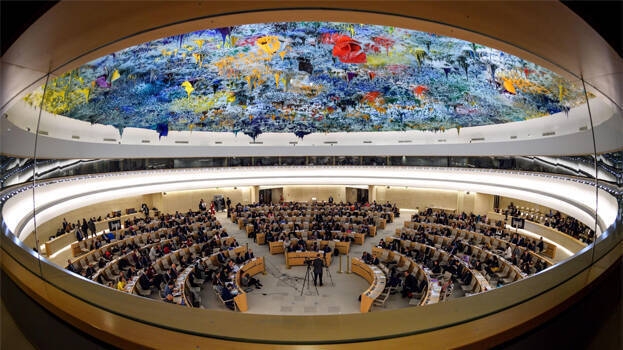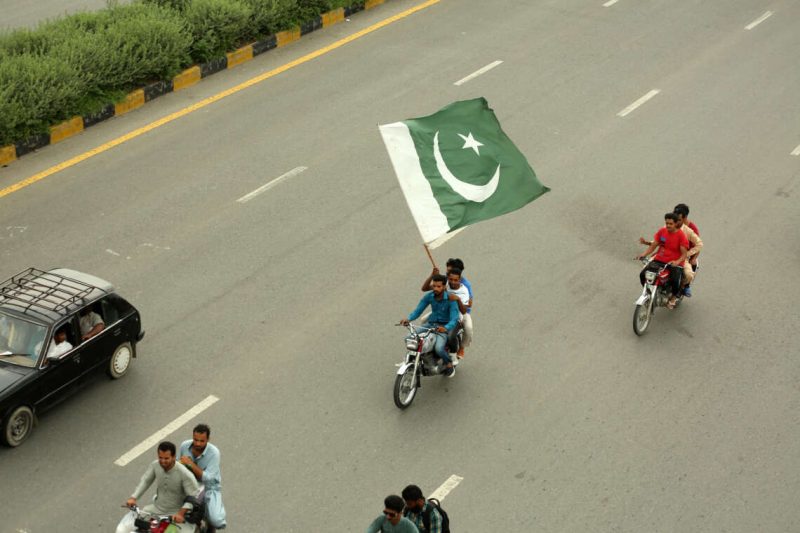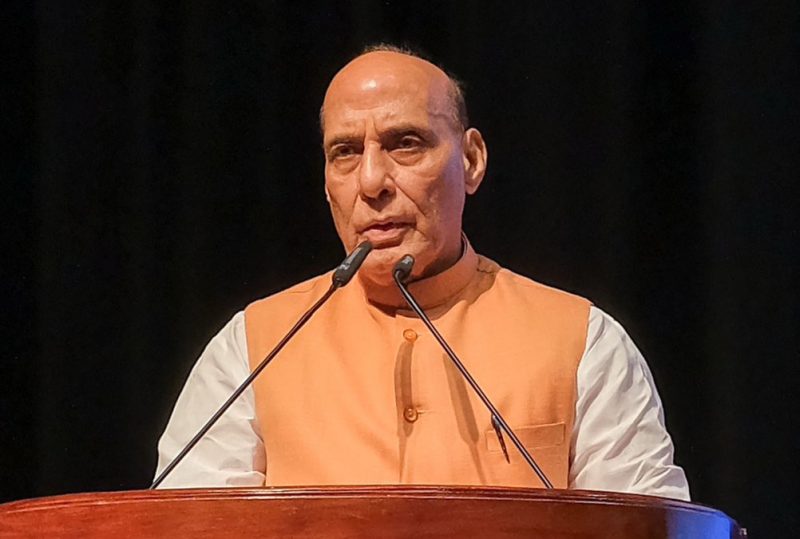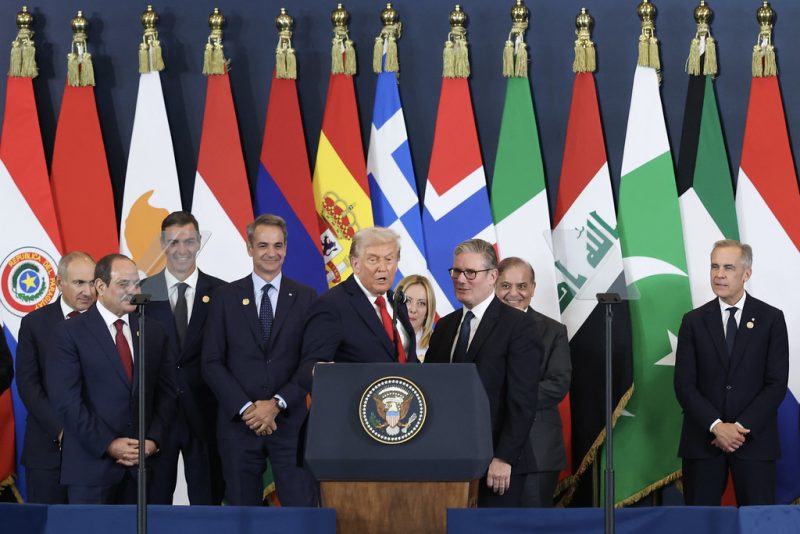Noting that the Asia of 2030, will look very different from the Asia of today, the book says that for the first time in several centuries, “we are facing the prospect of an Asia that can actually flourish on its own economically and not simply by playing a role as an assembly hub and export powerhouse to the West”…writes Vishnu Makhijani

The irony couldn’t be more apt. The Sino-American rapprochement saw the once bitter enemies establishing diplomatic relations in 1979. A decade later came the Sino-Soviet rapprochement – again between two seemingly intractable ideologies – and the settlement of the Russia-China territorial dispute in 2004, to the extent that Russian turbofan engines now power the Chinese JF-17 jet that could soon become the mainstay of the Pakistani Air Force. Today, even the Arabs and the Israelis are talking about peace in a multipolar world that is taking shape with the re-emergence of Russia post the collapse of the Soviet Union.
“In the India-China case, both neighbours were attempting to move ahead without actually solving their problems, a formula that was exposed in 2020” with the PLA incursions in Eastern Ladakh, historian and strategist Zorawar Daulet Singh writes in “Powershift – India-China Relations In a Multipolar World” (Macmillan), suggesting that the two countries “explore new avenues that they could not delve into during the Cold War phase, where the frontier question dominated everything else”.
“What has led to the tailspin in India-China relations in recent years? We will not find the clues in some valley or a narrow stretch of road in the upper Himalayas. Rather, the main reason has been a systematic buildup of negative images of how each side viewed the other’s foreign policies along with a collapse in geopolitical trust,” writes Daulet Singh, who holds a doctorate in international relations from King’s College, London, and an MA from the School of Advanced Studies, Johns Hopkins University.
His previous books include “Power and Diplomacy: India’s Foreign Policies During the Cold War”, “India-China Relations: The Border Issue and Beyond” and “Chasing The Dragon: Will India Catch up with China?”

For India, the book says, China’s attempts to raise its economic and political profile in the subcontinent was seen as an encroachment on, and an affront to, Indian authority in the neighbourhood. For China, India’s pursuit of deeper military engagement with the former’s main strategic rivals – the US and Japan – was viewed as a serious challenge to its future security.
“Convinced that only an assertive policy would work, since 2015 both New Delhi and Beijing began exploiting leverages and pressure points to keep the other side off balance. India tilted closer to the US, China towards Pakistan and on a scale not witnessed even during the Cold War years,” Daulet Singh writes.
And, with India’s boycott of the BRI (Belt and Road Initiative), China found itself confronting not only the major holdout against its flagship international initiative “but also its most suspicious and non-cooperative neighbour in Asia”, the book says.
“Beijing also noticed that New Delhi was beginning to openly involve external powers to collaborate with it in an anti-China strategy in South Asia and the Indian Ocean. Worse still must have been the spectacle of India brandishing its Tibet card. Such unbridled competition has raised the costs for both India and China,” the author maintains.
The “short, if feeble episodes” to reach a new equilibrium through the informal summits in Wuhan (2018) and Chennai (2019) have obviously not been enough to reach a new modus vivendi, the book says, adding: “The crisis in eastern Ladakh for most of 2020 has shown just how intense threat perceptions and suspicions are on both sides of the Himalayas,” even as it argues for a “new equilibrium to mitigate the recurring cycles of intense competition in recent years”.

Thus, India’s China policy is a profoundly consequential process that entails opportunities as well as risks with implications across a gamut of issues: to India’s global status and effectiveness in international institutions, geopolitical security, and economic transformation, the book says.
India’s China policy should aim to “responsibly compete” with its largest neighbour “albeit asymmetrically but effectively. This should not preclude creatively leveraging China’s economic power to transform the region, a pragmatic strategy that smaller South Asian states have been pursuing to their advantage”.
“Policymakers should also recognise the wider ramifications of China’s rise in world politics and remain acutely sensitive to when and to what extent India’s other strategic partners respond to and support India’s interests and concerns.

“The creativity lies in leveraging geopolitical opportunities where they exist without succumbing to a ‘ganging up’ game that leaves India vulnerable to pressure from China, while India’s friends, who have their own stakes with China, look on. It is a fine balancing act, and historically Indian strategists have got it more right than wrong,” Daulet Singh maintains.
India’s China policy, he writes, should be guided by three grand strategic goals: an inclusive security architecture in Asia that facilitates a non-violent transition to multipolarity without radically disrupting economic interdependence; an open and reformed international order to better reflect the developmental interests of India and the Global South; and, geopolitical stability and sustainable economic development in the subcontinent.

“China policy, therefore, must be part of a bigger foreign policy and world order vision for India, not the other way around,” the author states.
Noting that the Asia of 2030, will look very different from the Asia of today, the book says that for the first time in several centuries, “we are facing the prospect of an Asia that can actually flourish on its own economically and not simply by playing a role as an assembly hub and export powerhouse to the West”.
Greater Eurasia has the energy resources and strategic commodities of Russia including its strong scientific base of human capital, as well as the commercial technologies of Japan, China and Korea and it is this “big picture trend” that India needs to pay attention to, the book says.
“While the West will remain important, there is no viable way for India to avoid being part of this dynamic Asia and Greater Eurasia. Eventually, that boils down to having some sort of a stable India-China relationship. It has, thus, fallen upon the present generation of policymakers to steer India towards this complex multipolar world order. Major strategic choices have to be made and one hopes that India’s leaders have the long term view,” Daulet Singh writes.

Recalling a recent remark of Norwegian historian Odd Arne Westad that “the more the US and China beat each other up, the more room for manoeuvre other powers will have”, the author states that this mantra could equally be applied to India and China.
“Unrestrained competition only benefits other powers. As the 2020 Ladakh crisis bookends a tumultuous decade of India-China relations, both Delhi and Beijing would do well to heed the call of our time. History is obliging both countries to step up and play constructive roles to shape the emerging world order even as it is impelling both sides to learn to co-exist in a common neighbourhood,” Daulet Singh concludes.
“Powershift” is truly a seminal work that all stakeholders need to sit up and take a serious note of for the clarity of vision it provides.










